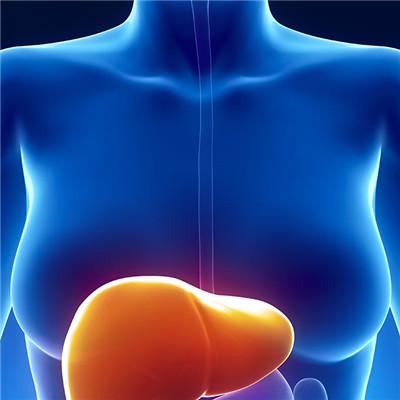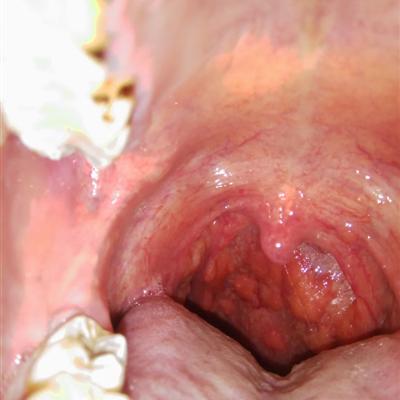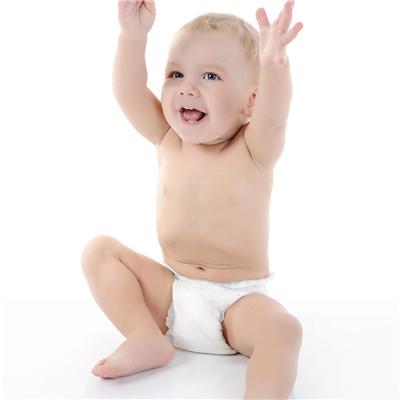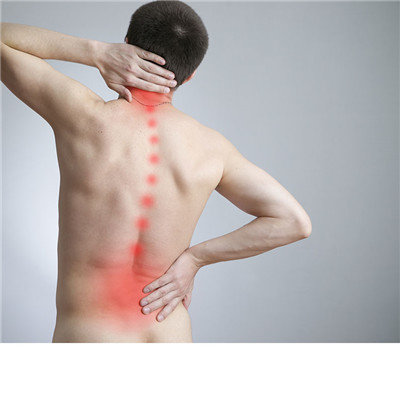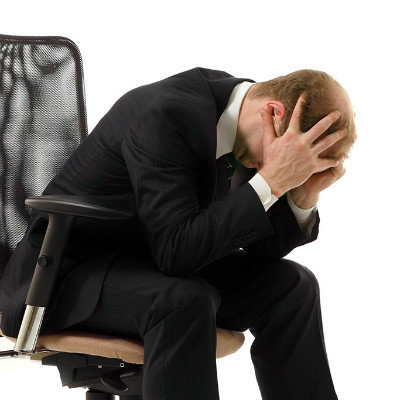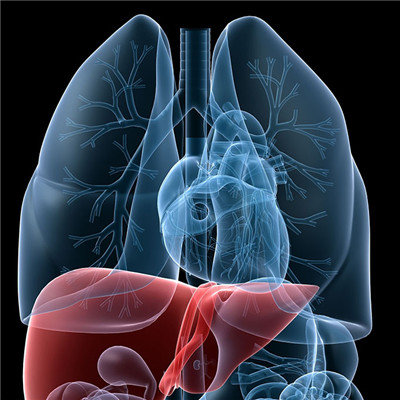Symptoms of spinal cord injury
summary
With the development of economy in the world, the incidence of spinal cord injury is increasing year by year. Spinal cord injury is the most serious complication of spinal cord injury, which often leads to severe dysfunction of lower limbs. Spinal cord injury will not only bring serious physical and psychological damage to patients themselves, but also cause huge economic burden to the whole society. Due to the social and economic losses caused by spinal cord injury, the prevention, treatment and rehabilitation of spinal cord injury has become a major topic in today's medical field. Symptoms of spinal injury? Let's talk about it
Symptoms of spinal cord injury
After spinal cord concussion, there was transient functional inhibition. Gross pathology showed no obvious organic changes, only a little edema, nerve cells and nerve fibers were not damaged. The clinical manifestation was delayed paralysis immediately below the injury level. After several hours to two days, the spinal cord function began to recover, and no sequelae of nervous system was left in the future.
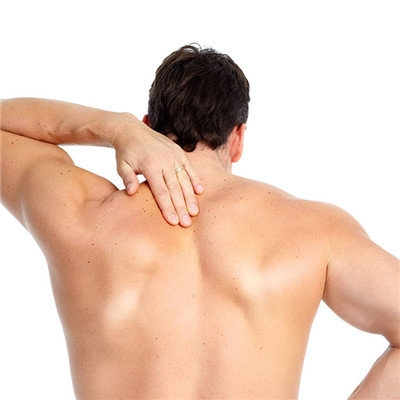
Spinal cord shock the temporary complete inhibition of spinal cord function can occur when the spinal cord suffers from severe trauma and pathological damage. The main systemic changes are hypotension or decreased cardiac output, bradycardia, hypothermia and respiratory dysfunction.

Spinal cord shock occurs immediately after injury and lasts from hours to weeks. Children usually last for 3-4 days, adults for 3-6 weeks. The lower the site of spinal cord injury, the shorter the duration. For example, the shock period of lumbosacral spinal cord is generally less than 24 hours. The appearance of bulbocavernous reflex or anal reflex or plantar plantar reflex is a sign of the end of spinal cord shock. After the end of spinal cord shock stage, if there is still no movement and sensation below the injury level, it means complete spinal cord injury.

matters needing attention
Pay attention to the position of paralyzed limbs in the early stage of spinal cord injury, promote the body extension reflex and avoid flexion spasm. For example, prone position, passive movement of limbs and recovery of upright position after training can promote extensional reflex. Relieve the patient's mental tension. Active treatment of urinary tract infection, bedsore and other complications. Avoid spasticity caused by drastic changes of room temperature, tight clothes, shoes and caps, and bladder and rectum filling. Help patients with cycling exercise can significantly reduce spasticity.



